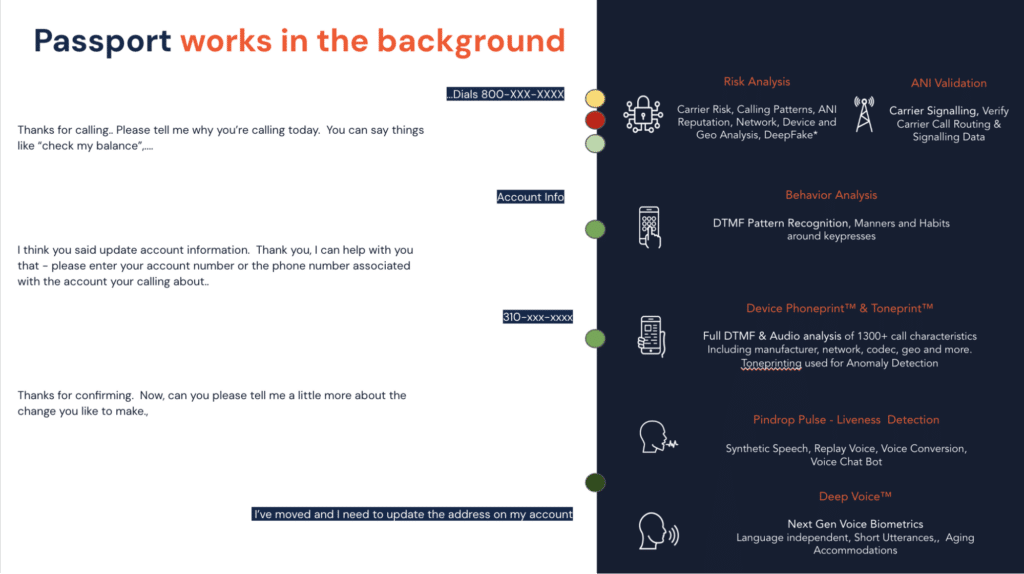Humans are unable to detect over a quarter of deepfake speech samples. New research from UCL has found that humans could only detect artificially generated speech 73% of the time. This also appeared to be consistent on our recent webinar: Are you smarter than a 5th Generation Deepfake engine? where we tested our audience’s ability to identify whether an audio sample was genuine or a deepfake. Advanced liveness detection technology is needed to support your business as generative AI continues to evolve.
But first, what are deepfakes, and how have they evolved?
Deepfakes use a form of artificial intelligence called deep learning to make images of fake events or videos appear natural. These can entail creating fake photos from scratch that seem authentic, using voice skins, or even voice clones of public figures. Joe Biden and Taylor Swift have both been recent victims of deepfake fraud. Using generative AI technology, bad actors can inject voice into real-time streams, leading to significant fraud loss, the spread of misinformation, and damaged brand reputation.
Here are three reasons why Pindrop’s liveness detection feature, Pindrop Pulse, can detect deepfakes better than humans.
-
Our deepfake detection engine is constantly evolving and adapting to new types of attacks.
A quick look at AI performance on benchmark charts can show that it’s surpassed humans at several tasks, and the rate at which humans are being surpassed at new tasks is increasing. Even as the fraud industry finds a way to develop new entry models, tech is maturing to get in front of those changes to be more operational.

In our lab testing with 11 million sample test data sets, Pindrop Pulse can detect a deepfake 99% of the time. We can also detect 90% of zero-day attacks, meaning that even before we could train our technology for a new attack, 9 out of 10 times, we can detect an attack based on one of the multiple methodologies we have in place today. Our solutions have innovative technology that evolves and learns with your business. It tracks trends and fraud detection rates, allowing it to iterate on its strategy to catch and detect fraud each time.
When Pindrop Pulse is added to Pindrop Passport, it can be set up via simple policies to conduct either active or passive voice authentication or even both simultaneously.
2. Pindrop Pulse decreases human error.
Implementing a solution with behavioral and multi-factor authentication practices removes the high chance of human error in detecting fraud. Pindrop has found that fraudsters can pass agent verification 40% to 60% of the time. When a call is received, Pindrop’s technology has already processed the call’s metadata. Once the caller interacts with the IVR, Pindrop provides predictions and a full risk scoring.
At the same time, Pindrop Passport will also provide an ANI Validation score to determine if the caller ID is genuine or being spoofed. Passport can quickly take in multiple inputs from the caller to decide whether the call is genuine or a deepfake. Look at the image below to see how Pindrop Pulse works in the background during a call.

3. Pindrop has the only authentication platform with the best-performing, fully integrated deepfake detection.
Lastly, Pindrop Passport in conjunction with Pulse deepfake detection provides out-of-the-box flexibility to create custom policies and alerts. Our liveness score can be seen in the UI and consumed in real time as part of our risk APIs. More importantly, the authentication policies you create in Passport can use this score to prevent any deepfake calls to your organization from being enrolled or authenticated.
Contact our team today to learn how Pindrop Pulse, integrated with Passport, can strengthen your call center’s authentication approach while minimizing friction for legitimate callers!



